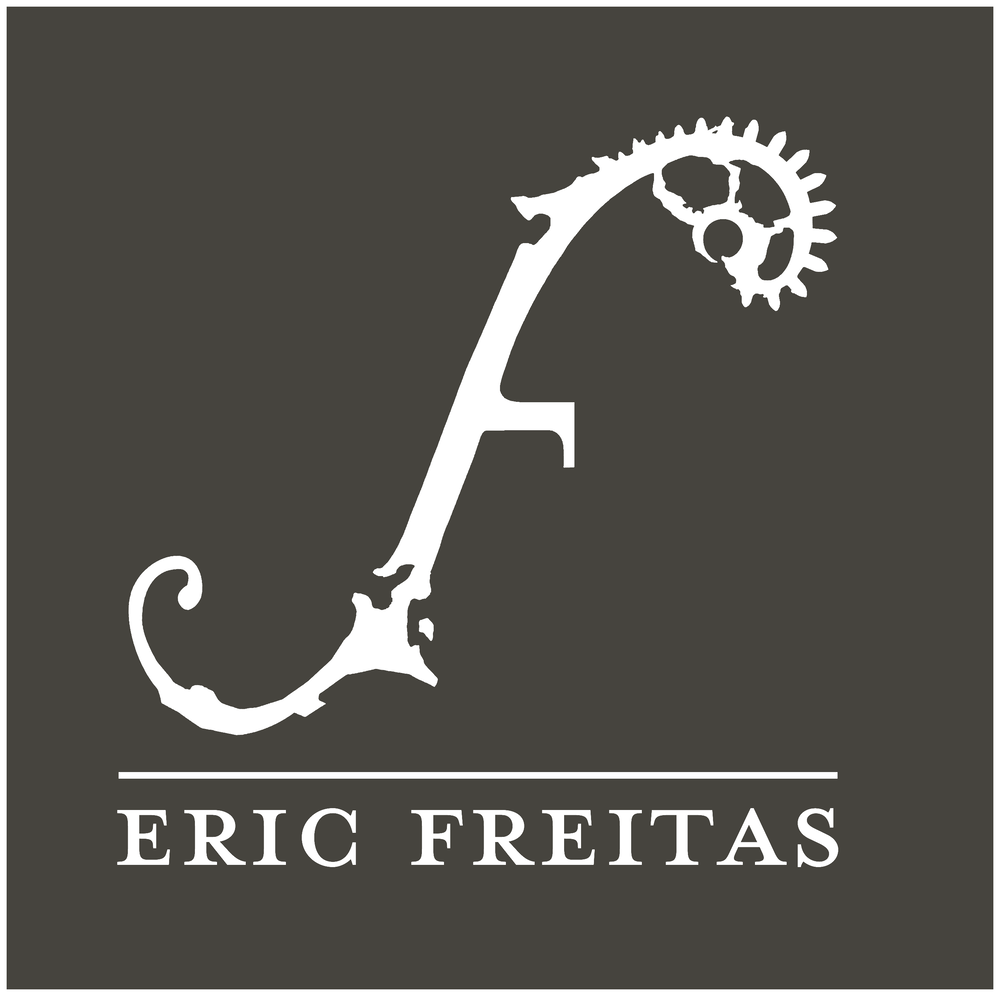I’ve just finished carving and balancing the scissor style levers that control the perpetual calendar dates. I’ve tried to film and edit this video in a way that shows how these mechanisms work. I’ll give a quick explanation as well, but if I’m being honest, I’m having difficulty concisely explaining this one with words.
The lever that I’m moving in the video will actually be lifted and released once a day by the snail-cam. It’s always lifted the same amount. The other lever that pivots with it moves until the notched wheel (calendar wheel) stops it. The calendar wheel has 48 positions - one for each month over a four year period. The depth of the notches on the calendar wheel correlate with the amount of days in each month.
At the right end of the lever you’ll see two clicks moving around a shark-toothed wheel. The bottom click moves the wheel forward one tooth a day. The top click only engages at the end of the month, when it will reach back, drop into the notch, and move the shark-toothed wheel in concert with the bottom click. How far it reaches back is governed by the notches in the calendar wheel. The further it reaches back, the fewer days it will take until it drops into place, and the more “extra days” it will grab as the lever travels back to it’s starting position.
The end of the video shows what happens at the end of the month of February, when the deepest notch is used, and the shark-tooth wheel is advanced four clicks/days.
For any clockmakers out there, I wanted to note that the shark-tooth wheel and the one it meshes with are depthed a little far apart, which is why the one wheel jiggles a little after it’s moved each click. Something that will be adjusted when I put this mechanism into it’s final clock frame.
